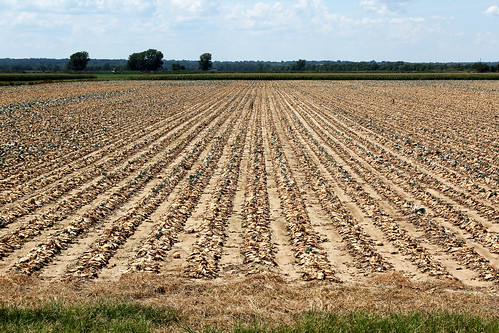
Economists working on climate change spend a lot of time trying to predict how farmers are going to adapt. Without knowing how farmers will react to higher average temperatures or different rainfall patterns, we cannot accurately say what climate change will mean for the future. Farmers have many adaptation options available. They can change the mix of crops they grow, as well as their production practices, and production might be redistributed across regions. The Economic Research Service (ERS) has looked at potential impacts including how some regions will be impacted through commodity price changes resulting from climate-driven crop acreage changes farmers make in other regions.
Today’s climate is an important driver of current conservation program outcomes. Perhaps in no aspect of climate is this influence greater than in the risk of drought.
When it comes to drought, not all regions are equal. Certainly at some point, every region of the country has experienced severe impacts from drought. Some regions, though, seem to experience drought more often and more severely. Through production decisions, financial decisions, and even USDA program participation decisions, farmers in more drought-prone regions have adapted to some extent, to their higher exposure to drought risk.
In a recent Economic Research Service study, we examined how drought risk influences participation in Federal conservation programs. We recognized that many soil and water conservation practices USDA promotes for environmental benefits also help farmers reduce their vulnerability to drought risk. We found that farmers in more drought-prone regions are indeed more likely than those in other areas to offer eligible land for enrollment in the Conservation Reserve Program. Irrigators in more drought-prone regions are more likely to enroll irrigation practices in the Environmental Quality Improvement Program (EQIP). And crop farms in such regions are more likely to elect EQIP’s conservation tillage practices, which can help to conserve soil moisture. We then demonstrated how these regional differences in participation interact with various aspects of program design.
Looking toward future research, we hope to incorporate predictions of climatologists and hydrologists on which regions of the county will see increased drought risk – as well as other changes in their climate - in the future.
